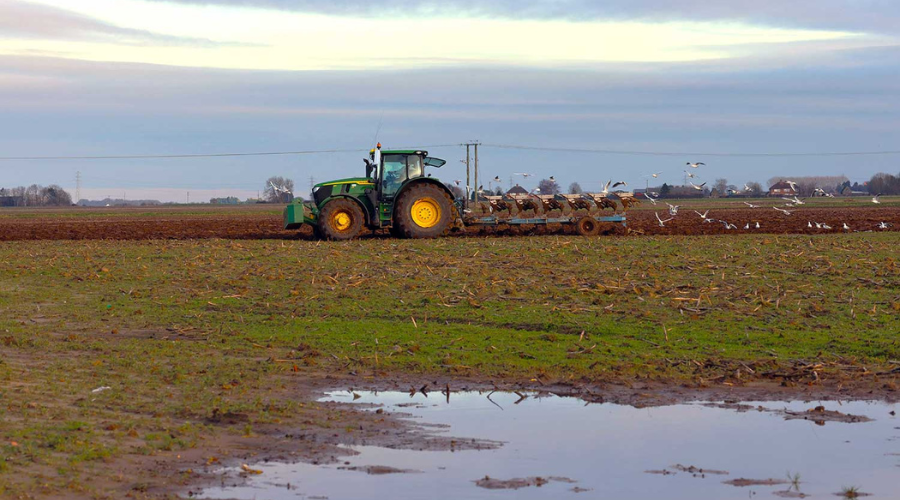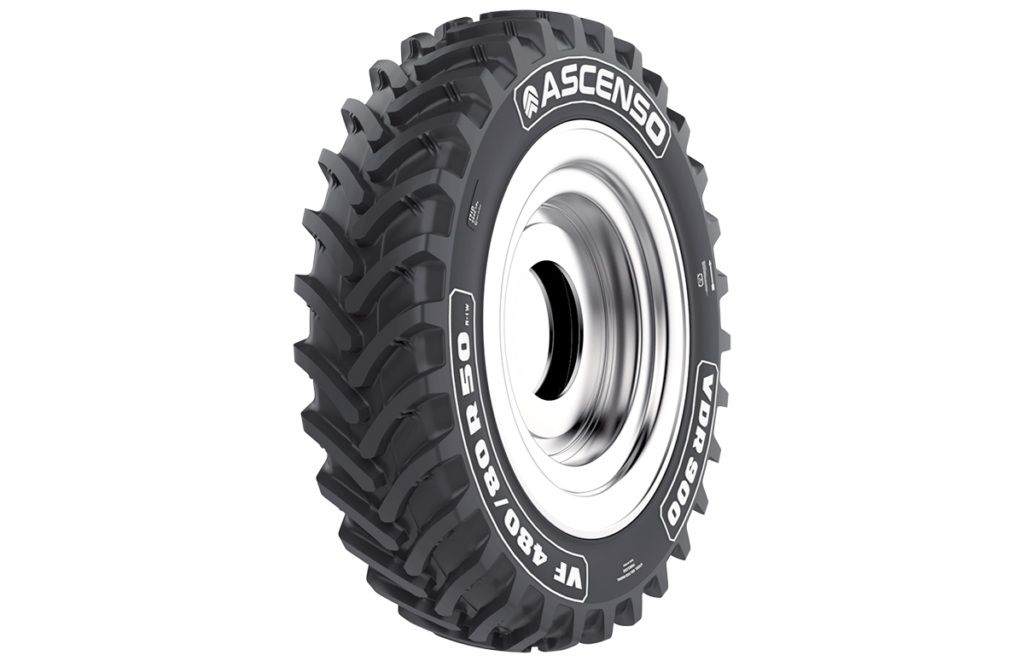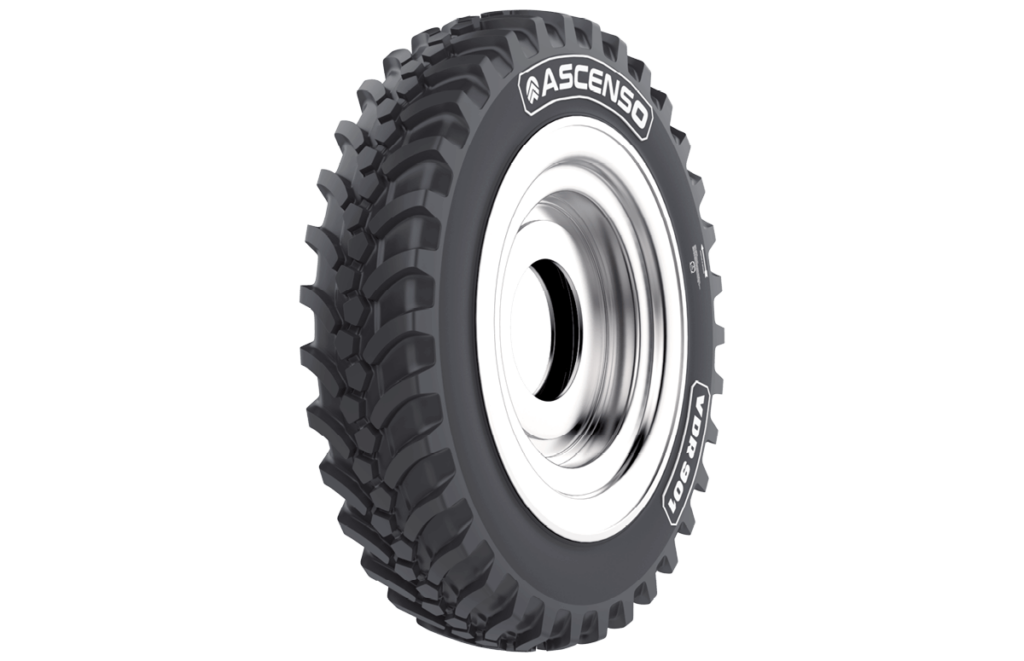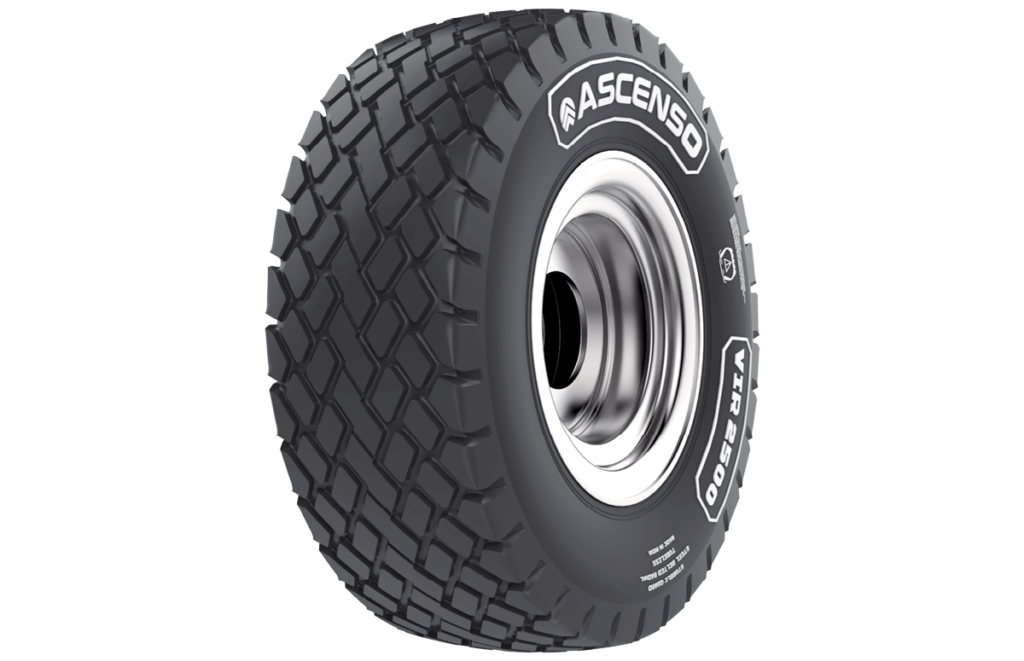Expert shares advice on how to reduce soil compaction after wet winter
23rd January 2024
While many farmers are ready to start spring cultivations, sowing and planting, their lands may still be flooded or saturated from heavy and prolonged winter rain, making the soil too wet to work. A Bush Tyres expert has shared a number of tips on how to handle farming work in current conditions.

Mark Nichols, who has worked in the agricultural machinery business for over 40 years, stressed that it is best for the soil’s long-term health to resist the urge to work the land when it is still wet. Whether you use a plough, disc harrow, or tined cultivator, working wet land can badly compact soil, and the negative effects will last for many years, he pointed out.
“Working wet soil will pack soil particles tightly, leaving less room for water and air to penetrate. Compacted soil also makes it more difficult for plant roots and cultivating equipment to move through the soil.
“The compression forms tight clumps of soil that become as hard as rocks upon drying and are difficult to break up. As well as making it difficult for plants to grow, compacted soils also tend to drain more slowly, in turn delaying the ability to work the soil after the next rainfall.
“Once compacted, it will take many years to rebuild a healthy soil structure, requiring annual applications of organic matter, such as composted plant and animal wastes or perhaps growing a green manure crop,” he said.
Correct tyres
The best course of action is to prevent compaction in the first place. To determine whether your soil is dry enough to work, dig a trowel full of soil and squeeze it in your hand. Soil that crumbles through your fingers when squeezed is ready to work. If, however, the soil forms a muddy ball, give the soil another few days to dry and sample again later.
Eventually, when the soil dries enough to start work on the land, your tractors and machinery will need to be equipped with the correct tyres. With an emphasis on protecting soil health, fitting the correct tyres to tractors and farm machinery is more important than ever. To cause the least amount of damage to the soil, the tyres on tractors and other machinery need to operate at low inflation pressures.

Mr Nichols added: “When it comes to replacing your tractor tyres, to be certain to never accidentally go beyond the recommended limit, consider the weight of your usual implements and choose a tyre with a suitable load capacity. It is necessary to know the front and rear axle weight of your tractor with the implement attached. With mounted implements, you also need to consider the weight transfer. Ideally, weigh the tractor on a weigh bridge or weigh cells.
“As tractors being used for spring cultivation work are relatively large and heavy, there is a strong argument for fitting VF technology tyres. VF technology allows low tyre pressure, which creates a larger footprint to spread the load, greatly reducing soil compaction.

“The pressure of VF tyres can be lowered by 40% compared to non-VF tyres, even when carrying the same load. This spreads the weight of the vehicle over a larger surface area and reduces soil compaction.
“While the width may be very similar, the footprint is extended front to rear, in an oval shape, within the committed trackway of the tyre, therefore achieving a larger footprint. VF technology also gives it the ability to carry 40% more load than a non-VF tyre at the same pressure. This means you can travel at the same speed and same pressure as a non-VF tyre, but with 40% more load.
“Additionally, VF technology offers time and fuel savings. The more flexible construction of the tyre makes it possible to transition from field to road and vice versa without adjusting the pressure.”

Mud breaker technology
As well as choosing the correct tyres and inflating them correctly to operate at low ground pressure, for tractor tyres to perform efficiently in wet conditions, the tyres must have good self-cleaning properties. While other tyre manufacturers do offer self-cleaning properties, the unique and innovative design of Ascenso’s mud breaker and the dual mud breaker technology ensure even better self-cleaning and maximum traction.
Mr Nichols said: “During the process of movement, vertical cleats on the lugs behave like a lever to push the mud away and create an air channel to break the vacuum, which helps with the tyres’ self-cleaning characteristics. Many of the Ascenso range feature this unique mud breaker technology, including tyres such as the TDR 650 and the XLR 880.
“Both the TDR 650 and the XLR 880 tractor tyres are some of the first in the industry with the dual mud breakers, which ensure the tyre has better self-cleaning properties. These tyres have an optimised tread design that offers greater traction and maximum performance in the field and in on-road operations.
“The TDR 650 and XLR 880 also have a greater lug overlap, which provides a safe and comfortable ride even at high speeds. Both tyres, as well as all Ascenso’s farm radial tyres, come with a seven-year warranty – one of the longest tyre warranties in the industry. Ascenso’s impressive warranty also applies to their bias tyres, which come with a five-year warranty.”
To find out more about the Ascenso tyre range and the mud breaker technology, visit the website or get in touch with your local agricultural tyre dealer, where they will be able to tell you about the range.
Read more machinery articles here.
